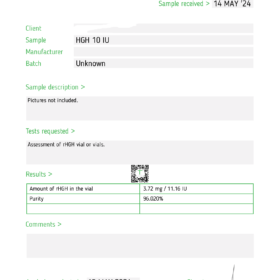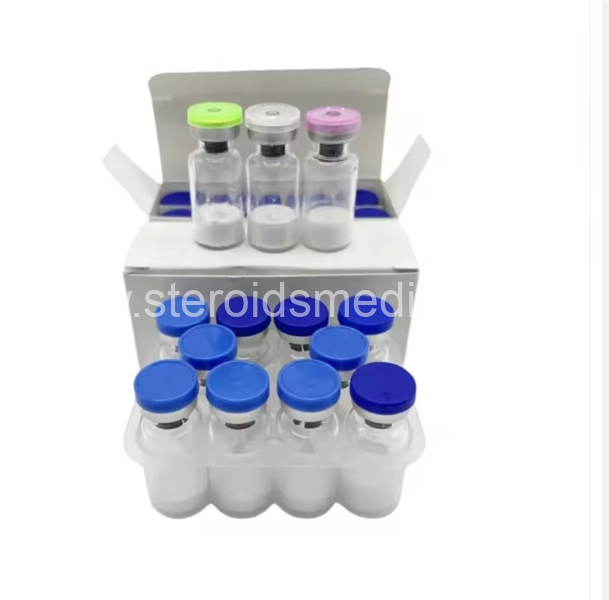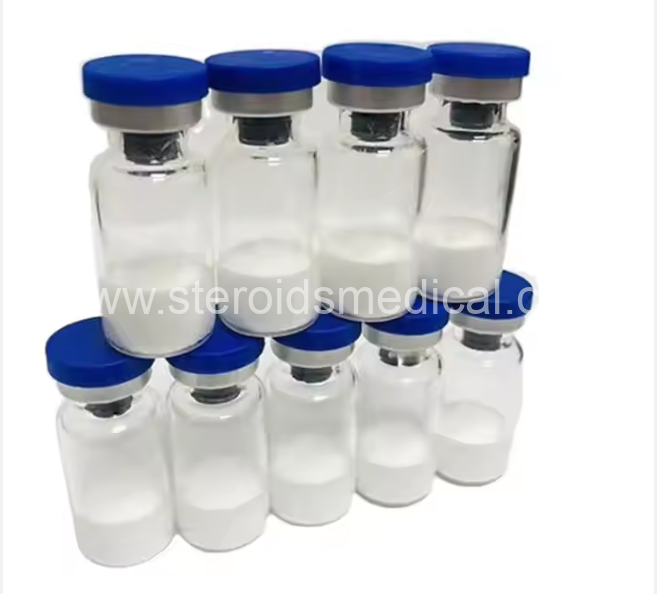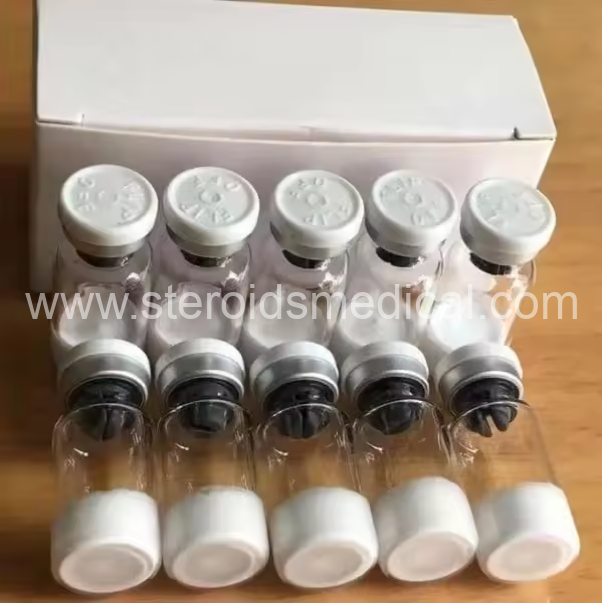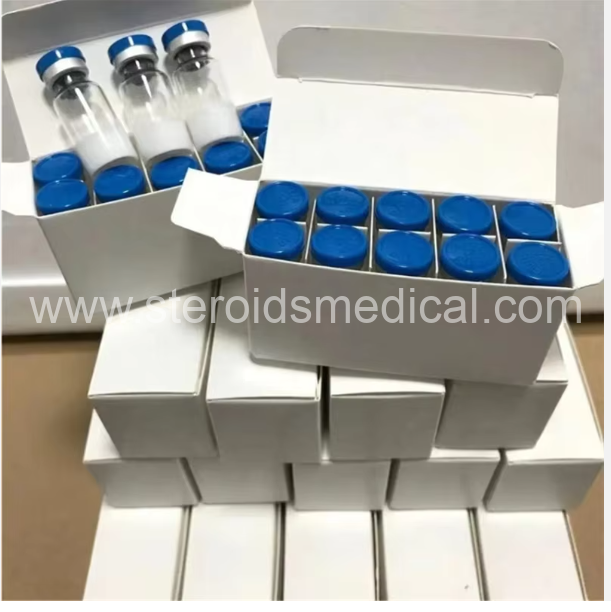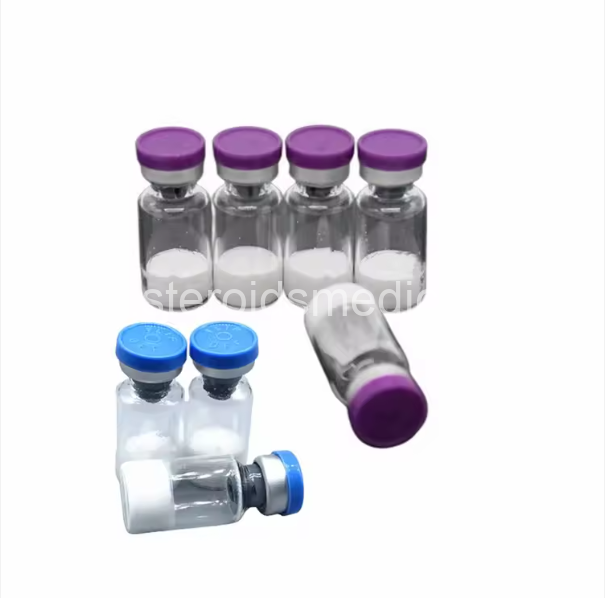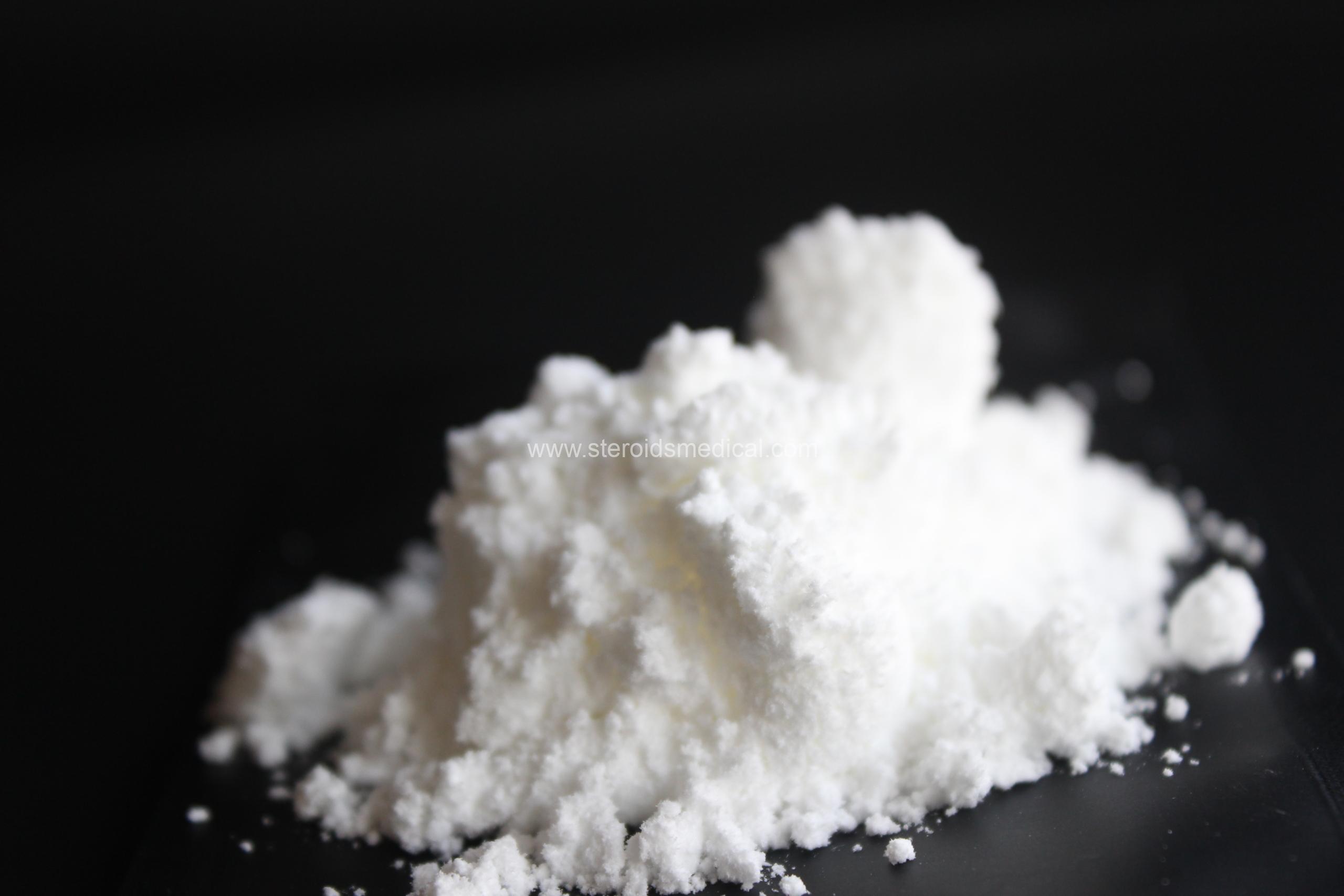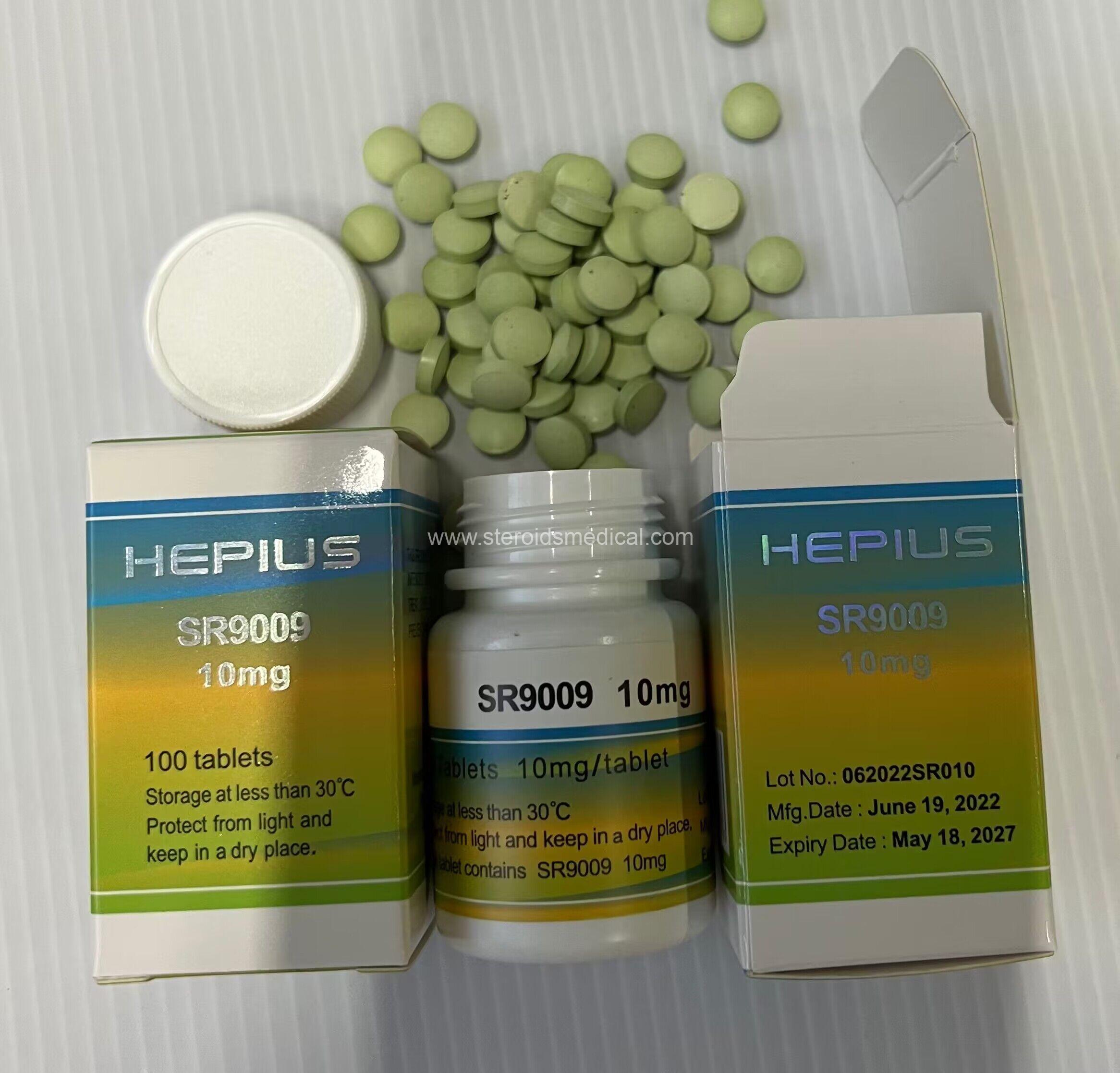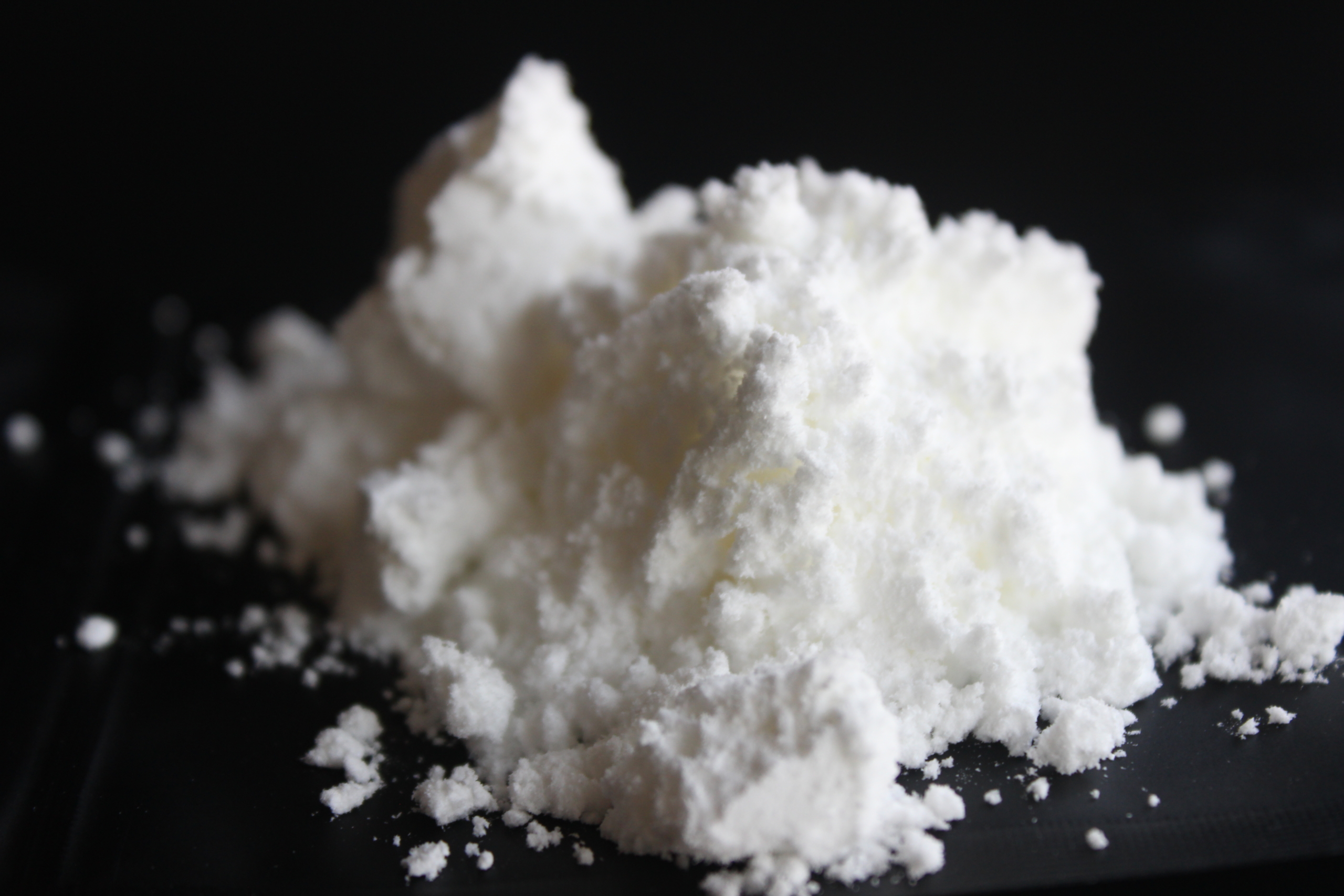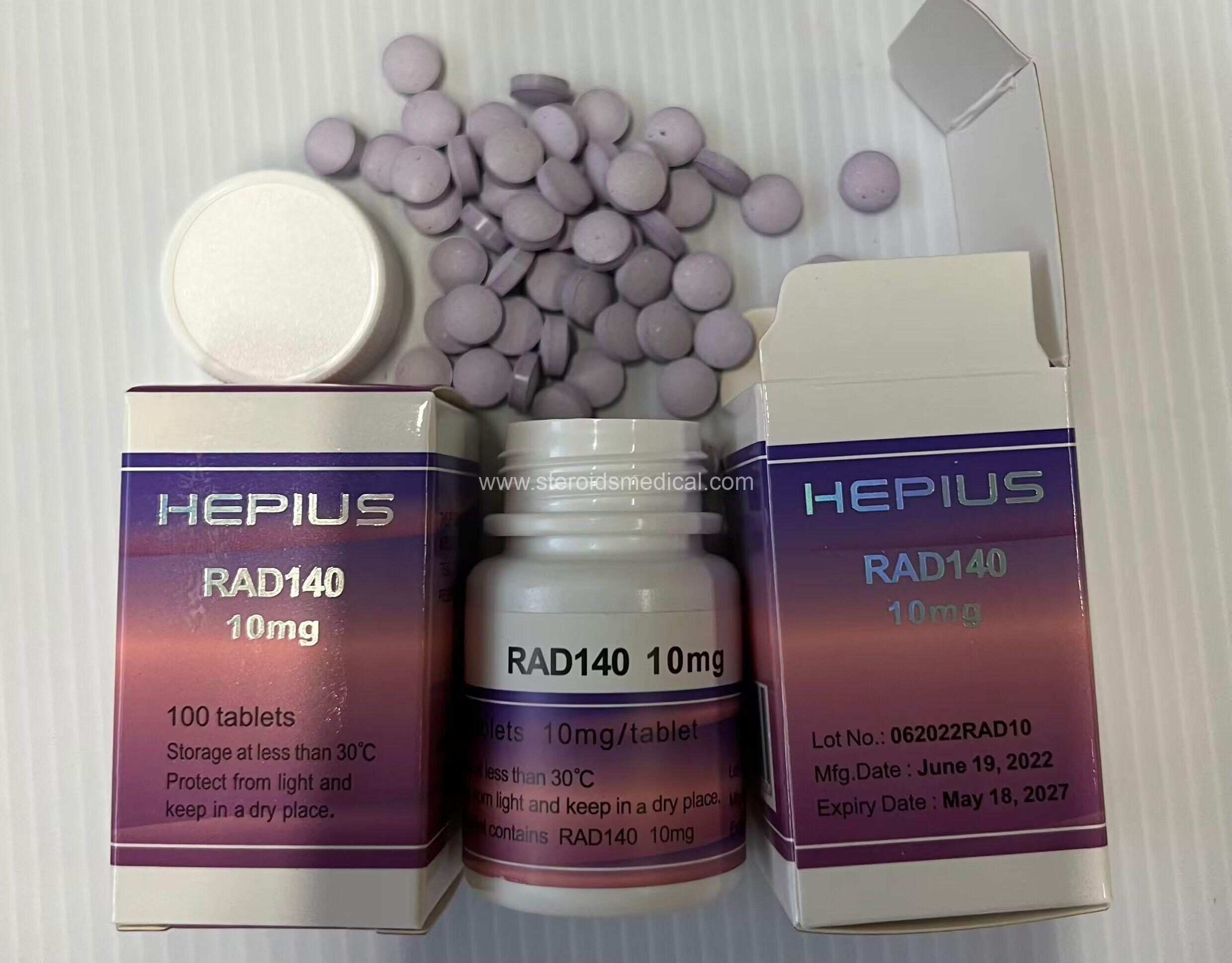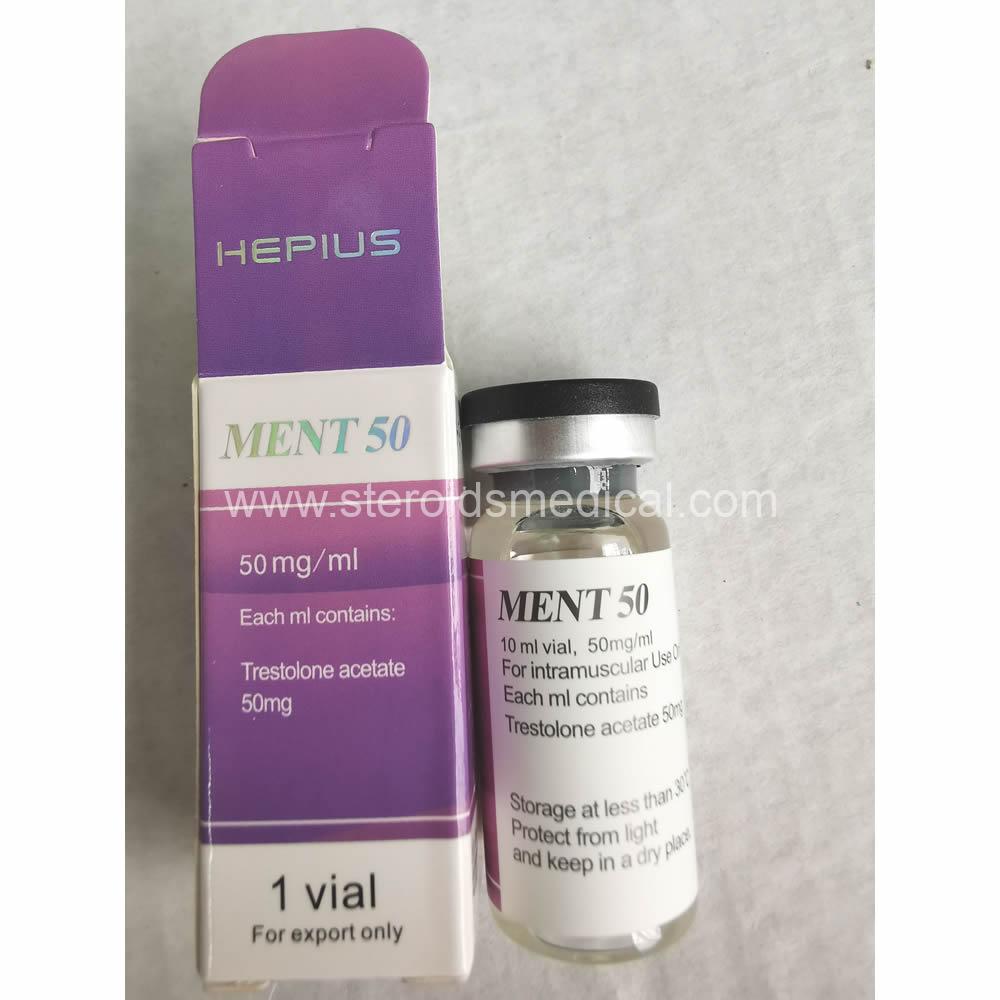Product description:
Human Growth Hormone (HGH), also known as somatotropin or somatropin, is a peptide hormone that consists of 191 amino acids. Here’s an overview of HGH 191AA, its effects, and clinical significance:
Structure and Function
Amino Acid Sequence:
- HGH 191AA refers to the full-length human growth hormone that consists of 191 amino acids in its natural sequence.
- It is synthesized and secreted by the somatotropic cells of the anterior pituitary gland.
Biological Functions:
- Growth Promotion: HGH plays a crucial role in stimulating growth, cell reproduction, and regeneration in humans and other animals.
- Metabolic Effects: It influences various metabolic processes, including protein synthesis, lipid metabolism, and carbohydrate metabolism.
- Bone and Muscle Growth: HGH promotes skeletal and muscle growth by stimulating the production of insulin-like growth factor 1 (IGF-1) in the liver and other tissues.
Clinical Applications
Treatment of Growth Disorders:
- HGH 191AA is used clinically to treat children and adults with growth hormone deficiency (GHD), which can result in stunted growth and other health complications.
- It is also prescribed for conditions such as Turner syndrome, chronic kidney disease, and Prader-Willi syndrome, where growth hormone production is impaired.
Anti-Aging and Wellness:
- Some clinics and practitioners advocate for the use of HGH 191AA for its potential anti-aging benefits, including improved skin elasticity, reduced wrinkles, and enhanced energy levels.
- However, the use of HGH for anti-aging purposes is controversial and not universally accepted due to limited scientific evidence and potential risks.
Administration and Considerations
Route of Administration:
- HGH 191AA is typically administered via subcutaneous injection.
- Dosage and administration schedules vary depending on the patient’s age, weight, medical condition, and treatment goals.
Monitoring and Safety:
- Close monitoring of growth hormone levels, IGF-1 levels, and potential side effects (e.g., fluid retention, joint pain, elevated blood sugar) is essential during HGH therapy.
- Long-term use of HGH may be associated with risks such as insulin resistance, cardiovascular complications, and increased cancer risk, particularly if used improperly or in excessive doses.
Conclusion
HGH 191AA is the full-length human growth hormone consisting of 191 amino acids, crucial for growth, metabolism, and overall health. Its clinical applications primarily focus on treating growth hormone deficiencies and related disorders. While it has garnered attention for potential anti-aging benefits, its use for such purposes remains controversial and should be approached cautiously under medical supervision. Ongoing research continues to explore its therapeutic potential and safety across various conditions and populations.
How to use it?
Using HGH (Human Growth Hormone) 191AA involves several key considerations, especially when it is used for therapeutic purposes under medical supervision. Here’s a general overview of how HGH 191AA is typically used:
1. Medical Use for Growth Disorders
Diagnosis and Prescription:
- HGH 191AA is prescribed by healthcare providers for individuals diagnosed with growth hormone deficiency (GHD) or related conditions.
- Diagnosis involves thorough medical evaluation, including growth assessment, hormone testing, and imaging studies if necessary.
Administration:
- Subcutaneous Injection: HGH 191AA is administered via subcutaneous injection, typically into the fatty tissue of the abdomen or thigh.
- Injection sites should be rotated to avoid tissue irritation and ensure optimal absorption.
Dosage:
- Dosage is individualized based on factors such as age, weight, severity of deficiency, and response to treatment.
- Initially, lower doses are often started and gradually adjusted based on regular monitoring of growth parameters and hormone levels.
Timing:
- In children with growth hormone deficiency, injections are often given daily, typically at bedtime to mimic the body’s natural secretion pattern of growth hormone.
- For adults with growth hormone deficiency or other medical conditions requiring HGH therapy, dosing frequency may vary depending on the treatment protocol prescribed by the healthcare provider.
2. Considerations for Off-Label Uses (e.g., Anti-Aging)
Controversy and Risks:
- The use of HGH 191AA for purposes such as anti-aging or athletic enhancement is controversial and not approved by regulatory authorities in many countries.
- Off-label use of HGH may carry significant risks, including metabolic disturbances (e.g., insulin resistance), cardiovascular complications, and potential long-term health risks.
Medical Supervision:
- Any use of HGH outside approved medical indications should only be undertaken under the guidance of a qualified healthcare provider experienced in hormone therapy.
- Regular monitoring of hormone levels, metabolic parameters, and potential side effects is essential to minimize risks and optimize benefits.
3. Practical Tips for Administration
- Preparation: Follow proper techniques for preparing and administering HGH injections as instructed by healthcare providers or trained professionals.
- Storage: Store HGH according to manufacturer instructions, typically in a refrigerator, and protect it from light.
- Monitoring: Maintain regular communication with healthcare providers to adjust dosage and monitor treatment efficacy and safety.
Conclusion
HGH 191AA is primarily used under medical supervision for treating growth hormone deficiencies and related disorders. Proper administration, dosage adjustment, and monitoring are critical to ensure safety and effectiveness. Off-label uses of HGH should be approached with caution due to potential risks and lack of regulatory approval for non-medical purposes. Always consult healthcare professionals for guidance tailored to individual medical needs and conditions.
PS:
About products, If you have any other questions , please contact us at anywhere anytime.
You may chat online or send E-mail to us: steroidsmedical@protonmail.com
Thank you for your time!
 Domestic Pharmaceutical Co., Ltd.
Domestic Pharmaceutical Co., Ltd.



